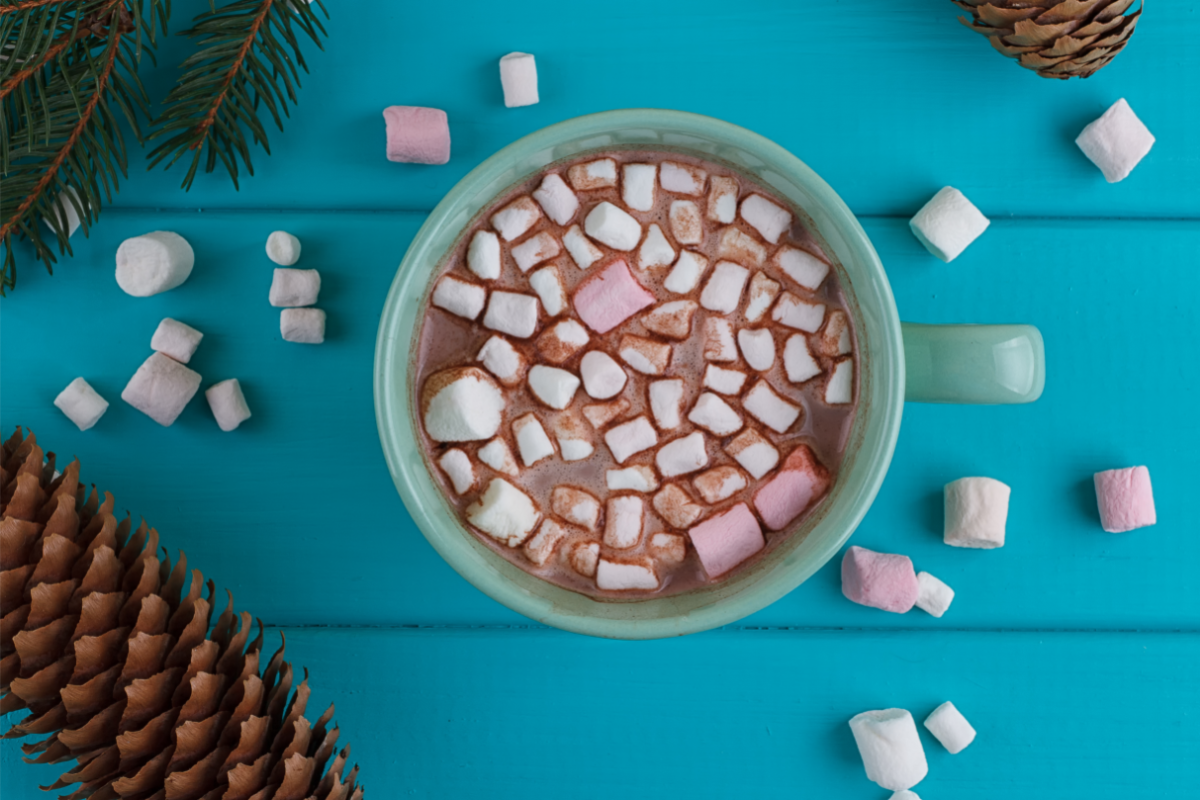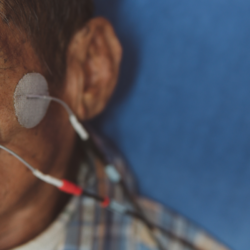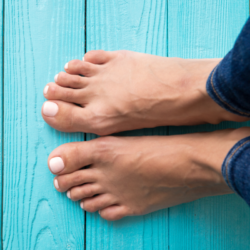Mountain holidays are an ideal way to get away from the city and reconnect with nature. However, the mountains can be an inhospitable environment if you don’t prepare properly. It’s important to protect yourself from the cold, keep hydrated to avoid dry skin, protect yourself from UV rays and choose suitable footwear and clothing. In this article, we’ll be giving you some advice on how to enjoy a safe and carefree holiday in the mountains.
Choosing your location and accommodation
Before you set off, you need to know where to go. No inspiration? Just go online. Various specialist platforms will show you the best places to stay in the mountains. Many of them offer attractive deals and have quality ski resorts and accommodation. When you make your choice, opt for the one that’s best for you. Safe, comfortable and not too expensive accommodation, catering included… Choose a spot where you’ll be comfortable in every way. In addition, choose a brand that offers a wide range of activities, especially if you’re going as a family. That way, whatever the length of your holiday, you’ll have plenty to do. With this in mind, remember to book with a professional who offers an “all-inclusive” package: accommodation and meals, visits, etc. That way, you and your children will never be bored.
Prepare clothes and equipment
Have you decided where you’re going to spend your next mountain holiday? Now it’s time to pack your bags. For a stay in the mountains, it’s advisable to pack clothes that cover the body well. So, opt for long-sleeved tops, jumpers, down jackets, hats, mittens, leggings, etc. When it comes to equipment for your activities (skiing, snowboarding, hiking, etc.), it’s best to get advice from a specialist. He or she will be able to recommend the best products: skis, wetsuits, snow boots, snowboards, sunglasses, etc. And if you already have your own equipment, it’s strongly recommended that you have it checked by a professional. That way, you won’t run into any nasty surprises. It’s also important to wear the right footwear for a holiday in the mountains. The Airplus socks available from our online organic pharmacy are designed to keep your feet warm and dry, even in extremely cold conditions. They are also breathable to prevent excessive perspiration and blisters.
Don’t forget your first-aid and survival kit
Mountain activities are not just about having fun, they can also be a source of minor injuries and incidents. So it’s strongly recommended that you have a complete first-aid kit with you when you go out. Here are the essential items to include:
- betadine: to disinfect wounds and prevent infection.
- analgesics: to relieve pain and headaches.
- plasters and compresses: essential for covering and protecting cuts or scrapes.
- essential oils: some oils, such as lavender, have antiseptic and soothing properties.
- 90° alcohol: to disinfect equipment and wounds.
Make sure you also take your medication with you if you suffer from chronic illnesses. It’s crucial to include sun cream and sun stick in your kit to prevent sunburn and dehydrated lips.
Composition of a survival kit
In addition to the first-aid kit, a survival kit is essential for outdoor activities. This kit should include at least :
- swiss Army knife: a multi-purpose tool useful in a variety of situations, such as chopping wood or preparing food.
- compass: essential for orientation in unfamiliar terrain.
- fire starter: necessary for lighting a fire, whether for keeping warm, cooking or keeping animals away.
The importance of a first-aid kit in the mountains
The mountain environment is one where help can be far away and weather conditions change. A well-equipped first aid kit can provide first aid while waiting for professionals to arrive. Outdoor activities such as hiking and camping can expose people to a variety of risks, so it’s important to be prepared.
Additional precautions
In addition to the elements mentioned, it may be wise to add extra elements depending on the specific needs and length of stay. For example:
- elastic bandages: for sprains and strains.
- physiological serum: to clean wounds and eyes.
- hydrocolloid dressings: for blisters and deeper wounds.
Preparation is the key to safe mountain outings. A well-stocked first-aid kit and an appropriate survival kit can make all the difference in the event of a problem. Don’t forget to check the contents of your kit regularly and replace out-of-date or used items. By taking these precautions, you can enjoy your outdoor activities to the full while being prepared for the unexpected.
Maintaining body heat
First of all, it’s important to protect yourself against the cold. Hot water bottles and heating pads are practical tools for keeping warm when you’re out and about, or at the end of the day on the sofa or at the foot of your bed. You can also make herbal teas with warming herbs such as cinnamon, ginger or thyme to help warm you from the inside out. Ginseng, Guarana and Maca are also effective in raising body temperature.
Finally, don’t forget to hydrate regularly, even if you don’t feel thirsty. The dry mountain air can dehydrate you more quickly than usual. Take a bottle of water with you and drink regularly throughout the day.
Prevention and treatment of altitude sickness
Mountain sickness, also known as acute mountain sickness (AMS), is a condition to be taken seriously when climbing at high altitude. The condition can occur at altitudes of 2,400 metres or more and manifests itself through symptoms such as headaches, nausea, fatigue, dizziness and sleep disturbances. Prevention is essential, and starts with gradual acclimatisation. It is advisable to climb slowly, allowing your body to get used to the changes in atmospheric pressure and oxygen concentration.
Hydration is crucial to the prevention of MAM. Drinking plenty of water helps to reduce the risk. Avoid alcohol, sleeping pills and other sedatives, which can aggravate the symptoms of altitude sickness. If symptoms appear, it may be necessary to descend to a lower altitude and rest.
Managing fatigue and aches
Mountain fatigue can be exacerbated by physical exertion, cold and altitude. To manage fatigue effectively, a good night’s sleep is essential. Make sure you have the right equipment to sleep comfortably, such as an insulating mattress and a sleeping bag suited to the climatic conditions.
Sore muscles are often inevitable after long days of walking, especially downhill, which is particularly hard on the muscles. To minimise them, stretch before and after your hikes. Using trekking poles helps to spread the effort and can reduce the load on your legs and knees.
In the event of persistent pain, treatments such as applying anti-inflammatory creams or taking non-steroidal anti-inflammatory drugs (NSAIDs) may be considered. However, it is important to use them with caution and under medical advice, especially in mountain areas where their use can mask more serious symptoms.
Protecting yourself from harmful UV rays
It’s crucial not to underestimate the importance of sun protection during a stay in the mountains. Although the snow may give the impression that the sun is not as strong, the reflection of UV rays off the snow can considerably increase their intensity. UV rays can cause sunburn and increase the risk of skin cancer. So it’s essential to protect your skin by using a high factor sun cream, especially if you’re going to be doing activities at altitude or in the open air.
It’s also important to remember to reapply sun cream every two hours, even if it’s cloudy or if you’re wearing sun block. And don’t forget to protect your lips with a sun lip balm. By using the right sun protection, you can enjoy your stay in the mountains while protecting your health.
How do you protect yourself from the sun’s rays when skiing?
For optimum sun protection in the mountains, we recommend that you follow the advice below:
- choose a broad-spectrum sun cream: opt for a cream that protects against both UVB and UVA rays.
- use a high sun protection factor (SPF 50 ): this is particularly important at altitude, where UV rays are stronger.
- apply sun cream generously to all exposed areas**: don’t forget the ears, neck and face.
- reapply every two hours and after every swim or heavy perspiration.
- wear protective clothing: a wide-brimmed hat, sunglasses with UV protection, and long clothes made of UV-resistant fabric.
- protect your lips: use a lip balm with a sun protection factor.
Understand the importance of applying sun cream every two hours
Regular reapplication of sun cream is crucial to maintaining effective protection. Outdoor activities, perspiration and contact with snow can reduce the effectiveness of sun protection. It is therefore essential to reapply every two hours and after every swim or heavy perspiration to avoid sunburn and minimise the risk of long-term skin damage.
Do I tan when I’m skiing?
Snow has a powerful reflective effect, increasing exposure to UV rays. In fact, fresh snow can reflect up to 80% of UV rays, meaning that your skin is exposed to significantly higher levels of radiation than at sea level. This reflection can cause severe burns if adequate protection is not used.
Eye and lip protection
The eyes and lips are often overlooked but are just as vulnerable to UV damage. Sunglasses must have 100% UV protection to avoid eye damage such as photokeratitis, also known as “snow blindness”. In addition, using a lip balm containing sunscreen can prevent chapping and burning of the lips.





